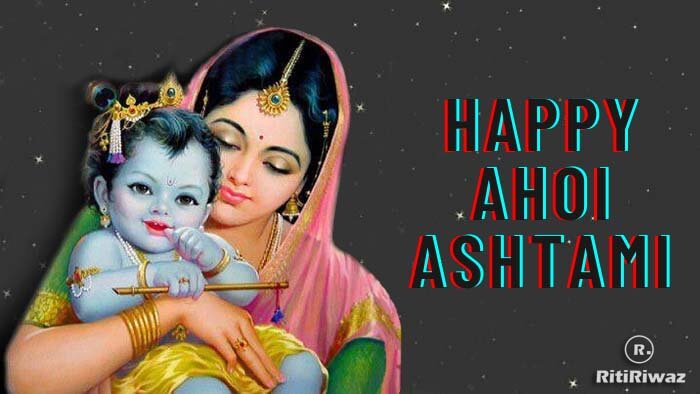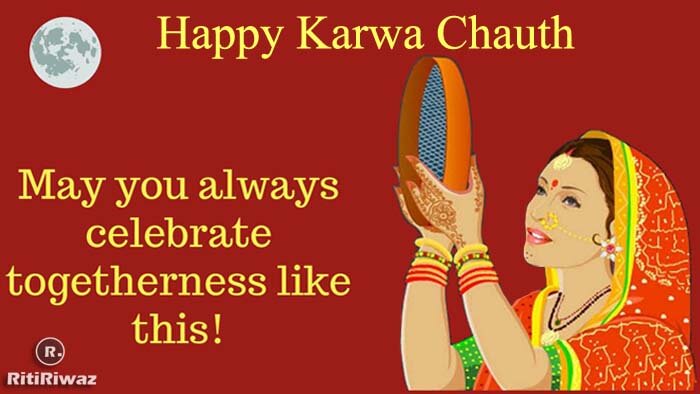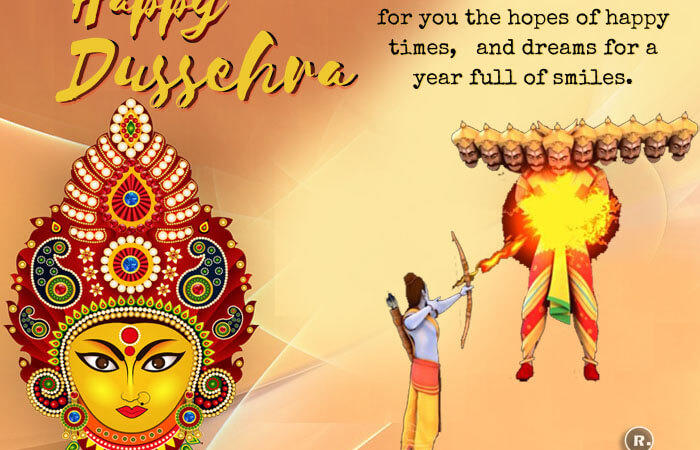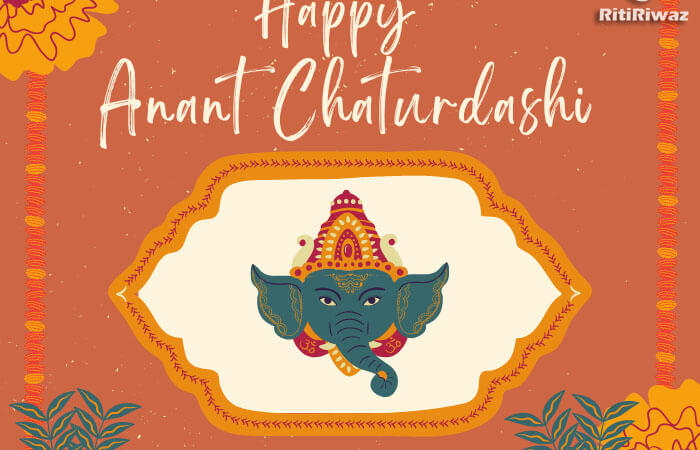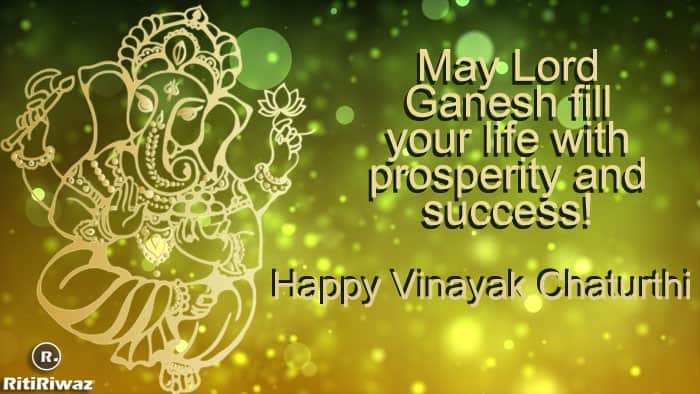Raja Sankranti
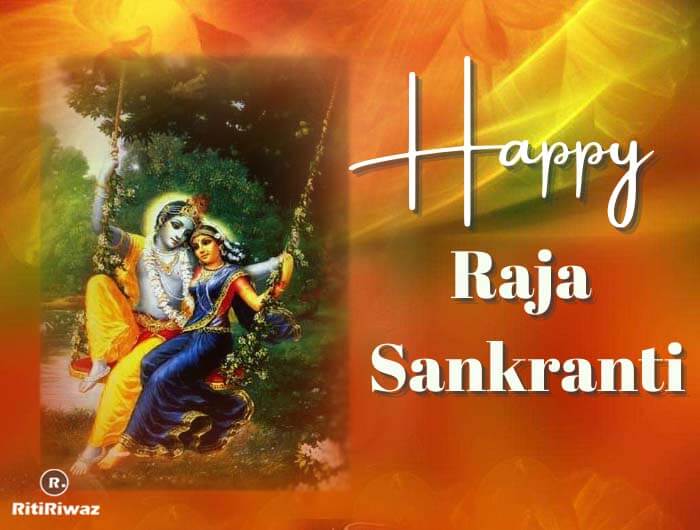
Raja Sankranti, Raja Parba, or Mithuna Sankranti is the first day of the month of Asadha from, which the season of rains starts. The festival is celebrated for three days in Odisha, India which falls in mid-June. The first day is called “Pahili Raja” (Prior Raja), the second is “Raja” (Proper Raja) and the third is “Basi Raja” (Past Raja).
On the occasion of the rotation of the Sun in a constellation called Mithun or Mithuna so it is also called Mithuna Sankranti. Known as Mithuna Sankarmanam in South India, it is considered one of the most auspicious occasions according to Hindu traditions and rituals.
To celebrate the advent of the monsoon, the joyous festival is arranged for three days by the villagers of Cuttack, Puri, and Balasore, Orrisa. It’s a time when people do not indulge in farming, and everybody abstains from walking barefoot on the earth in Odisha, India’s eastern coastal state, which is known for its rich heritage and culture. This is for preparing the earth for the rain to come.
It inaugurates and welcomes the agricultural year all over Odisha, which marks, through biological symbolism, the moistening of the sun-dried soil with the first showers of the monsoon in mid-June thus making it ready for productivity. Sankranti means ‘sacred changes’. Apart from the Ratha Yatra, which takes place in June/July, Odia people also celebrate a special festival called Raja.
In 2024 Raja Sankranti will be celebrated in Odisha from 14 June and ends on 16th June.
Why Raja Sankranti is celebrated
Raja Sankranti is celebrated for three days because of an interesting mythological depiction associated with it. Goddess Prithvi or Bhudevi was the consort of Lord Vishnu, who is known to have experienced menstruation covering the initial three-day period. Its believed that the woman and mother earth go through menstrual periods.
The grand celebration is held in the form of Vasumati Gadhwa, on the fourth and final day mark Bhudevi is given a rich bath. The Lord Jagannath Temple in Puri has a silver statue of Bhudevi which is lavishly adorned.
The word Raja came from Rajaswala (meaning a menstruating woman). Probably the only state to be observing a festival of menstruation, it is unique also for the reason that people of both sexes celebrate it with equal verve and enthusiasm.
How is Raja Sankranti celebrated?
Raja Sankranti is observed on the second day of the month of Asadha in the Hindu calendar. Women will be given a break from household work and time to play indoor games during the three days. Unmarried girls will dress in new clothes or wear traditional Saree and Alata (red dye) on their feet. The day before the festival is called Sajabaja or preparatory day during which the house, kitchen including the grinding stones are cleaned and spices are ground for three days. This stone is believed to be a replica of Bhudevi and people celebrate it.
Both Indoor and outdoor games are a popular pursuit during Raja. Various Pithas such as Podopitha, Chakuli Pitha, and Enduri Pitha are main pitha in the food items. All types of seasonal fruits are offered to mother Bhumi. It is also customary to prepare a variety of traditional cakes and special delicacies like poda pitha, manda pitha, arisa, kakara, buta-nadia-alu tarkari, chakuli pitha and mansa tarakari, dahi bara, rice payas, malpua, and special raja paan.
Raja Festival in Odisha’s largest festival celebrated across the state after Ratha Yatra. Few days before the start of the festival, women in the state start thronging clothes and accessory stores for last-minute shopping. Girls play swings tied on tree branches whereas aged ladies play Cards and Ludo. There are many traditions such as swinging by names like Ram Doli, Dandi Doli, and many more. Many villages organize Kabbadi matches among young men.
Everyone is eager to tie the banyan trees with ropes to have a good time with their family members, relatives, and friends. Girls try to outdo each other by wearing beautiful clothes. Turns into a colorful atmosphere. Dances called Gotipua are also organized in the villages to reflect the distinctive Odia culture.
The festival is all about the celebration of womanhood. Our innovative timeline and follow functionalities allow you to track what is of essence to your sensibilities. Mum Bhumi is offered all types of seasonal fruits. This year’s festivities concluded recently.
Singing, merry-making, feasting, and display of gymnastic moves and playing games are the most important activities during the three-day festival. The festival is not limited to the state of Odisha, Odia residing outside the state also takes part in the celebration.
Greetings on the very special festival of Raja Sankranti
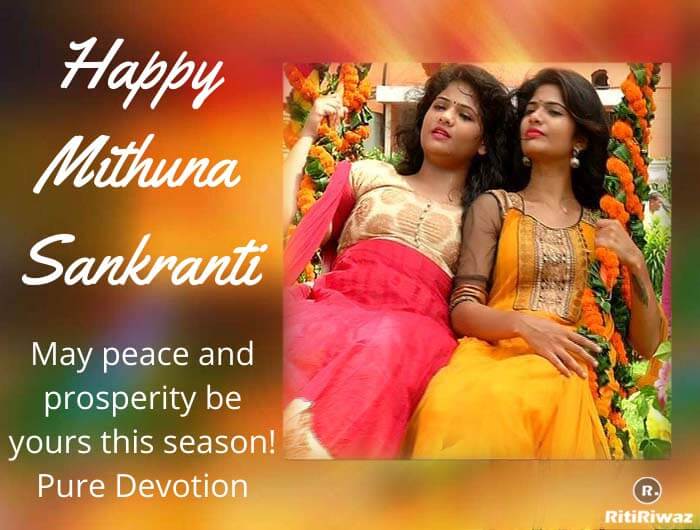
-
Best wishes, to all of you on Happy Raja Sankranti. May Lord Jagannath gives you lots of love and happiness at this festival.
-
“Happy Mithuna Sankranti! May peace and prosperity be yours this season! Pure Devotion.”
-
“My heartiest greetings to all my Odia brothers & sisters on the occasion of Raja or Mithuna Sankranti.”
-
“Each day of the festival has its own name: 1st day is Pahili Raja, 2nd day is Mithuna Sankranti, 3rd-day as Bhu Daaha, 4th day is Vasumati Snana. Known as Raja Parba in Odisha.” Happy Raja Sankranti

-
Happy Raja Parba – Odisha’s festival to welcome the monsoon: girls on swings, ‘pithas’ & other traditional delicacies, music & merrymaking, colorful atmosphere, all great fun.
-
Raja Parba is a celebration of menstruation and womanhood. Everyone who thinks women are impure during their periods should see how Odisha celebrates Raja. Wish you all a very happy Raja festival.

